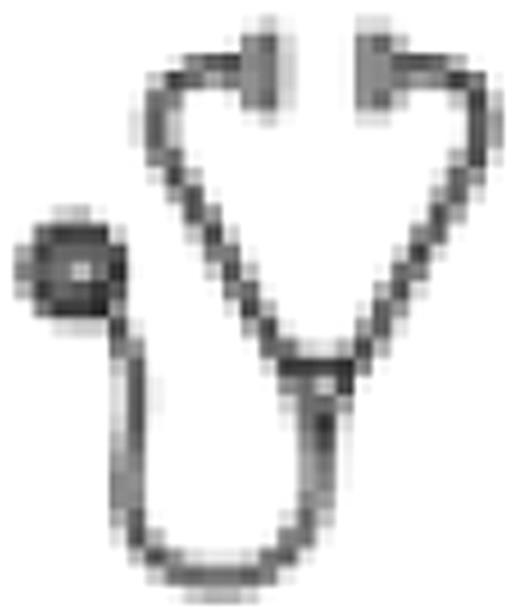Abstract
The complications of blood transfusions and the increased morbidity and mortality associated with liberal use of blood products have been convincingly demonstrated. The clinical problems they pose have prompted development of evidence-based transfusion guidelines. Nevertheless, most hospitals do not enforce these guidelines and effective strategies have not been developed. Continuing medical education, such as conferences, do not appear to be effective in changing physician behavior, as confirmed in the literature and by our hospital's experience. New York Methodist Hospital therefore undertook a more proactive approach to reduce unnecessary transfusions and in the process to change physicians' attitude toward transfusions.
In October 2008, our hospital implemented strict criteria for transfusions of all blood products including red blood cells (RBC), platelets, fresh frozen plasma, and cryoprecipitate. These criteria were applied by selected experienced clinicians who each served as monitors for their own clinical department. The blood bank required the approval of the monitor to release blood products that did not meet the criteria. This helped ensure that patients who indeed require transfusion based on clinical situation would be treated appropriately. Physicians had easy access to the monitors 24 hours a day, 365 days a year. Transfusion requests from operating rooms and post-anesthesia care units were excluded from monitoring. Transfusion of patients with active bleeding was also exempted because it was included in the RBC justification criteria. In most patients with symptomatic anemia, a single unit of RBC was approved. We compared data from the 12 months preceding (Year 1) and the 12 months after the enforcement of the criteria (Year 2). The data included the number of hospital admissions, the amount of blood products transfused per month, the type and number of transfusion-related complications, and the number of type and screens performed by the blood bank.
Transfusion usage declined sharply from Year 1 to Year 2: RBC use fell by 27.9% (9,149 vs. 6,599 units), fresh frozen plasma use fell by 40.3 % (3,615 vs. 2,158), platelets use fell by 22.1 % (1,207 vs. 940), and cryoprecipitate use fell by 37.4% (1,421 vs. 890). These decreases occurred in the face of a 2.9% increase in hospital admissions over 12 months (from 35,348 to 36,421). The decreased transfusion use was accompanied by reduced complications, which declined by 28.6 % (35 transfusion reactions in Year 1 vs. 25 in Year 2). The total cost of blood products declined by $1,027,869 (from $3,694,069 in Year 1 to $2,666,200 in Year 2). The number of type and screen tests requested and performed in the hospital also decreased by 6.3% (from 28,488 in Year 1 to 26,681 in Year 2).
We report our one-year experience with a new model for improving transfusion use. Monitoring and intervention in described settings with possibilities of appeal reduced transfusion use by 22–40%. It also appeared to modify physician attitude as exemplified by a 6.3% reduction in type and screen requests in spite of 2.9% increase in admissions. Although small, this decline supports the trend toward fewer transfusions and suggests a change in physician culture and behavior. We recommend other hospitals consider similar versions of this strategy appropriate for their circumstances since it benefits patients and reduces health care costs.
No relevant conflicts of interest to declare.

This icon denotes an abstract that is clinically relevant.
Author notes
Asterisk with author names denotes non-ASH members.

This feature is available to Subscribers Only
Sign In or Create an Account Close Modal